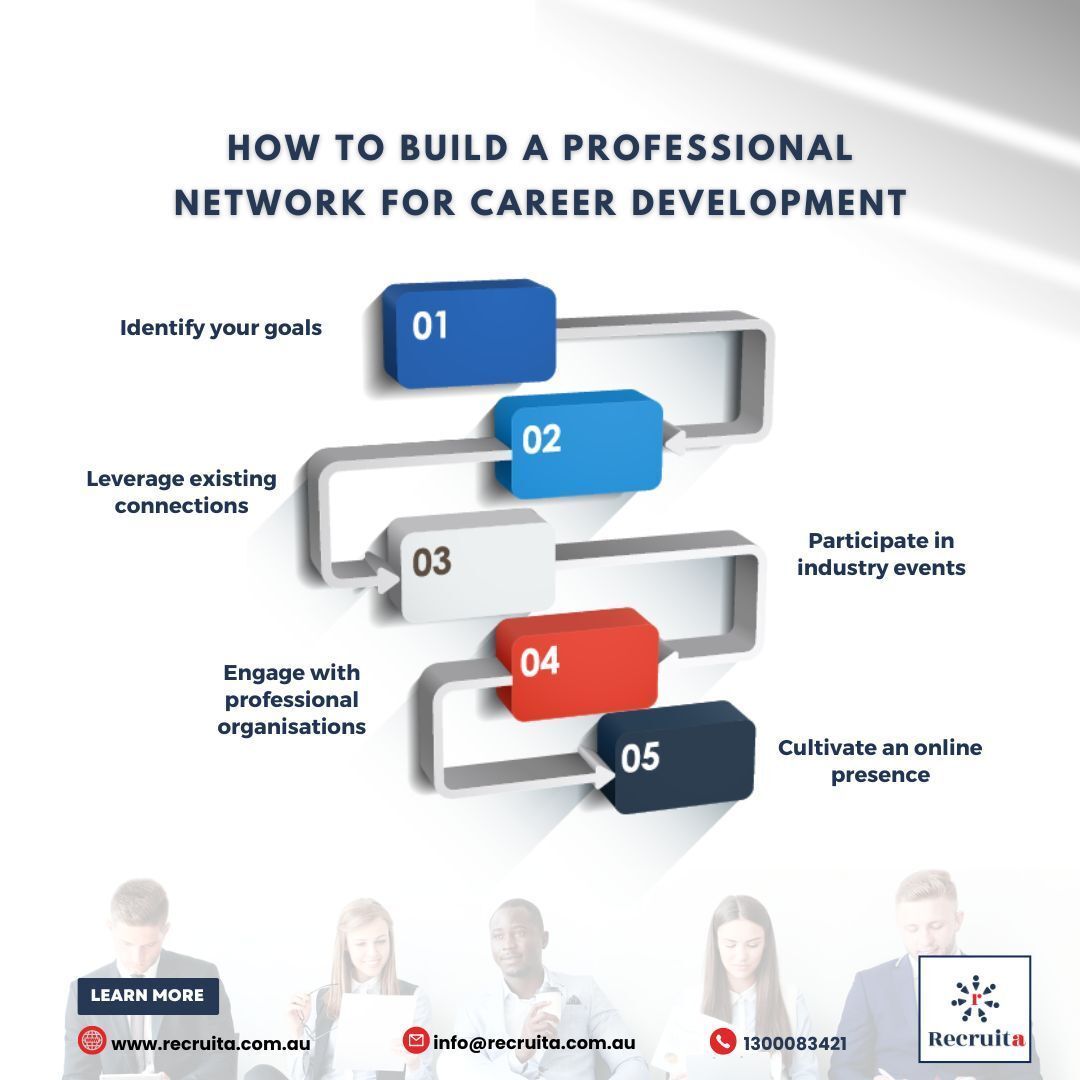How to Deal With Ghosting During a Job Search
You put in all the effort crafting your resume and cover letters, and even rehearse for interviews, all in the hope of landing that dream job. But in the midst of this carefully planned journey, there's one sneaky challenge that often goes unspoken - ghosting.
Ghosting isn't just limited to personal relationships; it creeps into professional interactions too. It can leave job seekers feeling confused, frustrated, and questioning their own worth.
As disheartening as it may be, it's unfortunately a part of today's job hunting landscape. Yes, it shouldn't be, but it's crucial not only to understand what ghosting in a job search means but also to know how to navigate through it without letting it derail your career path.
Ghosting: What It Means
Ghosting, a term that originally gained traction in the dating world, has found its way into the professional sphere, painting a picture of silence and unresponsiveness. In the context of a job search, ghosting refers to the sudden and unexplained cessation of communication from the employer’s side.
You might have had what you thought was a promising interview, the hiring manager even hinted at a follow-up, but then...nothing. No calls, no emails, and no job offer. It's frustrating, isn't it?
This can happen at any stage of the job search process. Maybe you submitted your application and heard nothing back, or perhaps the communication just dried up after the interview.
You know, the frustrating thing about ghosting is how it leaves you hanging with no closure, unanswered questions, and a whole lot of speculation. It's like going on a great first date only to never hear from the other person again.
That abrupt silence can really bring you down and make you doubt yourself. Job seekers get stuck in this whirlpool of self-doubt. But in the next sections, I am going to dig into why ghosting happens during job searches, how to spot it, and most importantly, how to handle it and keep moving forward in your quest to find the perfect job opportunity.
Reasons Job Seekers Are Ghosted by an Employer
Let's explore a few reasons why this might happen during your job search. From market fluctuations to the importance of networking and personal branding, understanding the details behind this situation can give valuable insights and help you navigate the complexities of the job market with more confidence and success.
Let's dive in and uncover the factors that could contribute to this.
- Overwhelmed Recruiters
Recruiters juggle numerous tasks daily, from interviewing candidates to liaising with hiring managers. Sometimes, the sheer volume of their workload means that your application or follow-up email might fall through the cracks. - This is definitely not an excuse for recruiters, but imagine having a job for six recruiters when the team only has three! That's when the unfortunate trend of ghosting candidates tends to set in.
- Changes in the Job Opening
- Company needs evolve, and sometimes a job opening you applied for might be put on hold or even closed without notice. It’s frustrating, but it's something out of your control.
- Because of the current market situation, companies might experience mini hiring freezes. These could happen for a few weeks, multiple times throughout the year. Consequently, delays in recruiter responses may occur as they are also waiting for feedback or updates from their hiring managers.
- Candidate’s Fit for the Position
Employers are on the lookout for the 'perfect match.' If they find a more suitable candidate, they might move forward without informing other candidates. It's a harsh reality, but it does happen. - A lot of companies hesitate to provide feedback because they're afraid of legal issues or negative social media reactions from candidates. Even though you might be open to feedback, there are candidates who might argue, yell, or even threaten you if you share your feedback with them.
I still remember receiving some really nasty emails (back when I was starting out) with people telling me I should die or go f* myself — all because I was giving feedback to candidates who weren't a good fit for the role. It's just crazy, isn't it? - Internal Candidates or Referrals
Sometimes, internal candidates or referrals from current employees leapfrog external candidates. Not fair to other candidates, but these things are happening. - Lack of Feedback or Follow-Up from the Candidate
If you didn't respond to a recruiter's message in time or missed a follow-up, they might think you've lost interest and move on to other candidates. So, here's the thing - even if you feel like this company is totally ghosting you, it's worth checking your spam folder for any emails from them. Trust me, it's actually pretty important when you're looking for a job.
You'd be surprised how many people have told me they missed job opportunities just because they overlooked their interview invitations.
These are just some of the reasons why job seekers get ghosted. There are actually many others which I've covered with more details in the Job Search Guide: Be Your Own Career Coach.
Signs an Employer Is Ghosting You
Now that we've looked at the why, let's talk about the signs of ghosting. It can be a gray area, but here are some red flags that might indicate you’ve been ghosted.
- Lack of Communication Post-Interview
If the silence is deafening after what you thought was a promising interview, it might be a sign of ghosting. It’s common courtesy for employers to provide feedback, but alas, not everyone plays by the rules. - Delayed or No Responses to Follow-Ups
You’ve sent a courteous follow-up email, but crickets. It’s a frustrating sign that you might have been ghosted. If you haven't received a response to your email within 72-96 hours, it's probably a good idea to move on. - Change in the Tone or Frequency of Communication
If the once enthusiastic emails have dwindled or become formal and terse, it might be a sign things have changed. - Job Posting is Removed or Re-Posted Without Communication
It stings to see the job you applied for re-posted or removed without a heads-up from the employer. It’s a clear sign something’s amiss.
Just a quick note, job posts on LinkedIn or other job boards are often automatically re-posted. So, don't jump to conclusions if you see one. If you want to confirm whether the role was actually reposted, take a look at the company's career page and check the date the role was posted. - Lack of Transparency or Vague Responses
When your questions are met with vague responses or total silence, it might be time to face the ghosting music.
These sections aim to shed light on the perplexing ghosting phenomenon and help you recognize the signs early. Armed with this knowledge, you'll be better prepared as you navigate your job search journey.
Ways to Cope and How to Respond
- Maintaining Professionalism
- It's totally understandable to feel frustrated or disappointed when you get ghosted, but here's the thing: it's super important to keep your professional game on point in all interactions. You never know when you might bump into these folks again - the world is smaller than you think!
- I cannot stress this enough: you absolutely should not go and share your frustration publicly. You never know where those recruiters and people from that company will end up, and trust me, it could seriously impact your future opportunities. Therefore, be cautious about the messages you put out there.
- Expanding the Job Search
- Don’t put all your eggs in one basket. If you’re facing ghosting, it's a signal to widen your job search. Apply to multiple positions, explore different companies, and consider various industries. The more options you have, the less impact ghosting will have on your morale.
- Seeking Feedback Constructively
- If possible, seek feedback from your interactions. While not all employers will respond, some might provide invaluable insights that can help you in your next interview. Approach this with a humble and open mind.
- If someone referred you, try reaching out to them and ask for their feedback on the situation. They might have insider information about the freeze or other things that the recruiter may not be willing to share with you.
- Practicing Patience and Understanding
- The hiring process can be long and tedious. Sometimes delays happen that are out of your or the employer’s control. Practice patience, and understand that there are various factors at play. Stay hopeful and keep the momentum going in your job search.
- Networking and Building Relationships in Your Industry
- Networking is a powerful tool to avoid and overcome ghosting. Build and nurture relationships within your industry. Attend networking events, engage in online communities, and don’t hesitate to reach out to old colleagues or mentors. Through networking, you might discover unadvertised job opportunities or gain referrals, which can significantly reduce the chances of being ghosted.
Ghosting During a Job Search
Ghosting is an unfortunate reality in the job search process, but it's not a reflection of your worth or capabilities! This experience, as disheartening as it can be, provides an opportunity to build resilience, expand your network, and refine your job search strategies.
The coping mechanisms and proactive steps discussed in this article aim to equip you with the tools and mindset needed to navigate the murky waters of job search ghosting. Remember, every no or non-response is a step closer to that coveted yes.
Keep a positive outlook, continue honing your skills, and never underestimate the power of persistence and a professional approach in landing your next job opportunity.
Source: https://newsletter.jobsearch.guide/p/how-to-deal-with-ghosting



